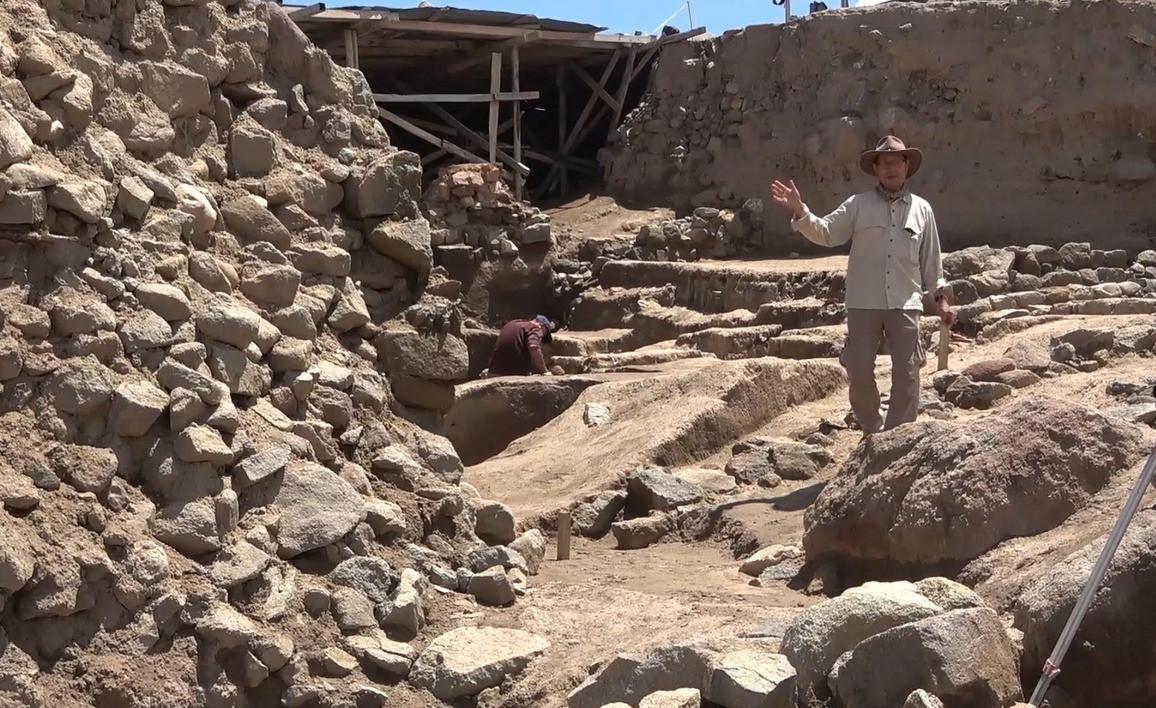Japanese archaeologist unearths Hittite remains
KIRIKKALE

A Japanese archaeologist is leading excavation efforts for remains of the Hittite period in Büklükale, which has been inhabited since the Early Bronze Age to the Ottoman era, serving as a natural bridge on the east-west transit point.
In the Central Anatolian province of Kırıkkale, under the direction of Japanese archaeologist Assoc. Prof. Dr. Kimiyoshi Matsumura, thousands of years of history have been unearthed in the excavations carried out for 14 years in Büklükale ruins.
The ancient city, located in the narrowest part of the Kızılırmak River, was inhabited from the Early Bronze Age to the Ottoman period and is estimated to have served as a natural bridge over the East-West transition point in every period. Archaeological excavations show that the city also played an active role during the Assyrian trade colonies.
Kırşehir Ahi Evran University Archaeology Department’s Assoc. Prof. Dr. Kimiyoshi Matsumura told local media that they are currently working on the architectural remains of the Hittite period.
Stating that new finds have emerged during the excavations, Matsumura said they found a room belonging to the Hittite Empire era, and no hearth was detected in this room.
“We think that it was a room used for storage or administrative work. We think that the city wall seen here probably belonged to the Cimmerians in the young iron age.”
Explaining that they had to develop new methods to sift and discard the excavated soil, Matsumura added that there are cuneiform tablets from the Hittite period under the soil, so they started to use these banded systems to fasten the excavations.
















